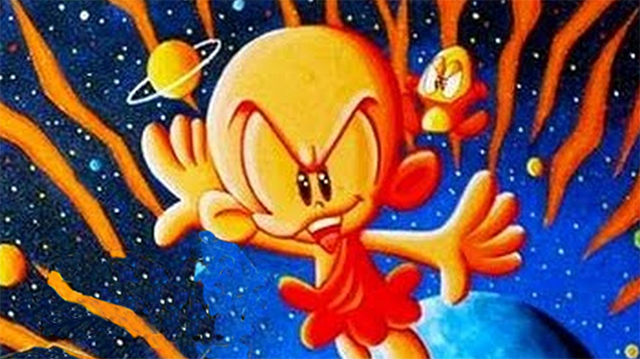The TurboGrafx‘s gaming legacy is a one that varies greatly from one territory to the next as it made no real impact in North America and Europe (where it was only officially released in France) but was highly successful in Japan. This was largely due to the system that was manufactured by NEC Home Electronics having released two years earlier in its native…

Atlas is an action-rpg with rogue-like elements where you use your ability to control the ground to fight the enemies and move through procedurally generated worlds.










